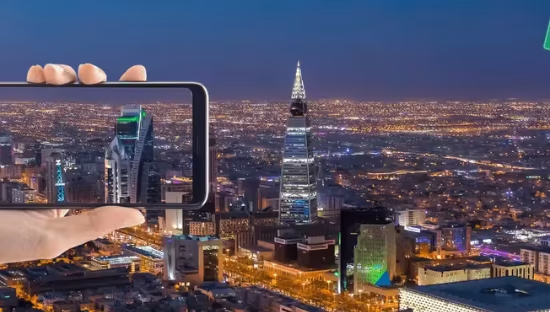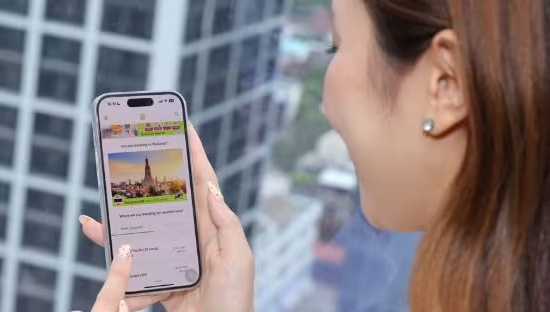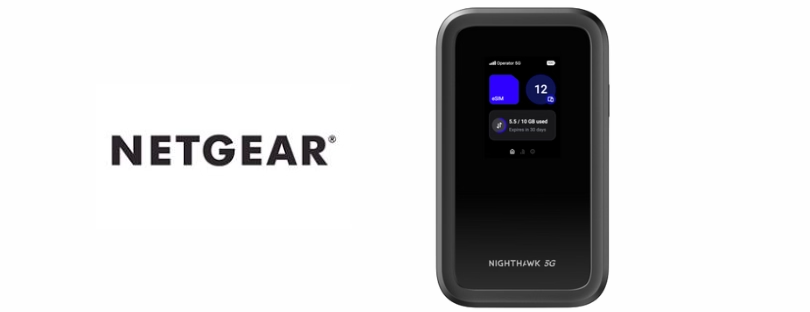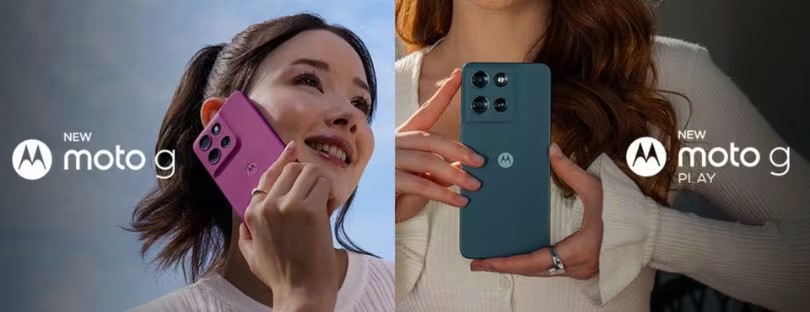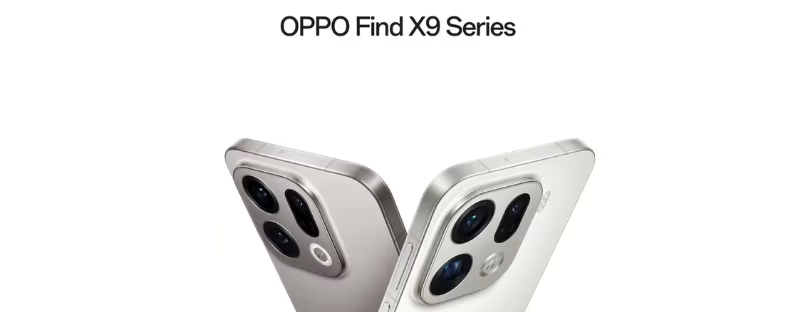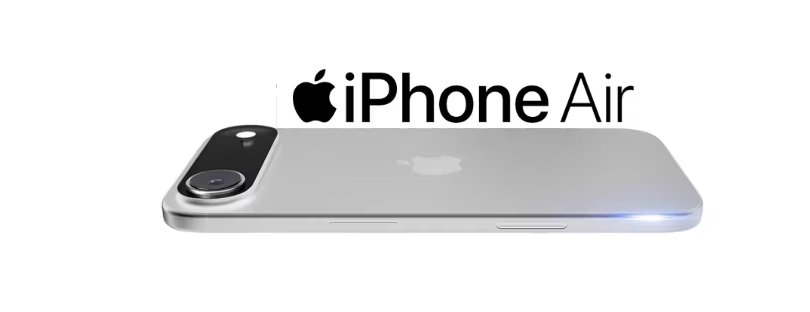
iPhone Air isn’t for everybody — here’s why
Apple’s new iPhone Air is the thinnest iPhone ever at just 5.6 mm and 165 g, with a titanium frame and a 6.5–6.6-inch ProMotion display. It’s gorgeous, it’s ambitious, and it’s absolutely aimed at people who prize design and hand feel over brute-force specs.
But after a week of hands-on time and a sweep through early reviews and data, one thing is clear:
iPhone Air won’t fit every traveler, creator, or business user. Here’s our take for Alertify readers on who should buy it—and who should skip it.
Thin is in again—but physics still applies
The slim-phone comeback is real. After years of battery-first bricks, manufacturers are rediscovering industrial design as a differentiator. Apple didn’t just shave millimeters; it redesigned the internals (that sculpted “plateau” for cameras and silicon) to maximize the battery envelope in a razor-thin chassis. Still, thinness forces trade-offs: smaller cells, less thermal headroom, and tighter optics. Even industry explainers (and Apple’s own specs) concede the push-and-pull between thickness and runtime never went away—only the mitigation strategies improved.
On capacity, the numbers back it up. Multiple outlets peg the iPhone Air’s battery around 3,149 mAh—meaningfully below mainstream Android flagships that hover at ~4,700–5,000 mAh and also below Apple’s own iPhone 17 and Pro models. Notebookcheck’s early testing suggests Apple extracts respectable endurance from that smaller pack, but if you’re a heavy user, you’re starting from a smaller tank.
One rear lens, lots of software—great for most, not for all
Apple’s camera story on Air is deliberate: a single 48 MP “Fusion” main camera that behaves like multiple focal lengths (28/35/52 mm) via in-sensor crop and computational photography, plus an 18 MP Center Stage selfie camera. Daylight results look excellent and Apple’s processing continues to impress. But if you rely on dedicated ultrawide or true optical telephoto (3–5x) for events, wildlife, or architecture, Air is a compromise by design. Compare that to Google’s Pixel 9 Pro kit with triple-lens versatility or Xiaomi’s 14 Ultra with a huge sensor and periscope zoom—those devices are thicker and heavier, but they earn their mass in optical flexibility.
In short: if your camera use skews to social, city breaks, and people shots, Air is plenty. If your work or passion needs reliable ultrawide or long optical zoom, you’ll be happier on a Pro-class iPhone or a camera-first Android flagship.
The eSIM-only moment—fantastic for many travelers, not all routes
The biggest philosophical shift is invisible: iPhone Air is eSIM-only worldwide. That cleans up the hardware, frees internal space (Apple has said eSIM-only models can reclaim room for battery), and—critically for Alertify readers—makes hopping between plans stupidly easy. You can store multiple eSIM profiles and switch in minutes, no trays or pins. For most international trips, this is a win.
But global reality is messy. eSIM coverage is expanding fast (GSMA Intelligence calls 2025 a record year and expects a sharp acceleration from 2026), yet gaps persist by region and operator. China remains the complex edge case: support exists but is evolving, and rollouts can be staggered by regulatory approvals. If you regularly bounce across markets with patchy eSIM support—or you depend on niche MVNOs that don’t issue eSIMs—you’ll want to double-check local compatibility before you buy an eSIM-only phone. For most European and North American travelers, though, Air’s approach aligns with where the market is headed.
Alertify angle: for the majority of trips, pairing an iPhone Air with a travel eSIM from a reputable provider is now the smoothest path—download, scan, land, and connect. Just verify destination support, especially in secondary markets.
Price and value: beautiful minimalism isn’t budget minimalism
At $999, iPhone Air costs more than the base iPhone 17 and rubs shoulders with premium Androids. You’re paying for the engineering feat—titanium, lightness, and that “disappears in your hand” vibe. Bloomberg’s take is blunt: Air trades some camera and battery headroom for design, and you pay a premium for it. If you want maximum value per euro—battery size, multi-lens camera, and fast charging—Android hardware like the Xiaomi 14 Ultra or Samsung’s mainstream S series offers beefier raw specs for similar or less money (though you’ll carry more weight).
Apple’s counter is ecosystem efficiency: A19-class silicon, iOS 26 optimizations, and a deep accessories bench (including Apple’s rated battery playback numbers and MagSafe add-ons). If you’re all-in on iOS and you want the lightest premium experience Apple makes, Air’s value prop is coherent. If your priority is all-day endurance without accessories—or pro-level optics—skip it.
Durability & thermal headroom: the thin phone tightrope
Thin devices have less physical “give.” Apple’s grade-5 titanium chassis and plateaued camera shelf are meant to counter flex and protect sensitive components, but any ultra-slim phone has less space for heat dissipation and impact absorption. That doesn’t mean the Air is fragile; it means you’ll want a case, and you should be realistic about sustained performance during long 4K shoots, navigation in hot cars, or gaming marathons. This is a category-wide reality, not unique to Apple, and it’s why many camera-first Androids run thicker frames.
The takeaway for travelers and power users (a real conclusion)
iPhone Air is the most opinionated iPhone in years. It’s Apple telling us a premium phone can be about feel, elegance, and “good-enough-for-most” performance rather than maxing every spec. For frequent flyers who live in Apple’s ecosystem, who value a featherweight phone that slides into a suit pocket and doesn’t fatigue the wrist on long days, Air is delightful. Add an eSIM from a trusted provider before you fly, keep a compact MagSafe battery in your bag, and you’ll love it.
But the market context matters. Against Samsung’s S-class and Google’s Pixel 9 Pro, both of which deliver larger batteries and multi-camera arrays for similar money, Air asks you to accept two compromises: fewer native focal lengths and less absolute battery capacity. Versus imaging-centric slabs like Xiaomi 14 Ultra (5,000 mAh global/5,300 mAh China and monster optics), the gap widens if you shoot travel content professionally. Thinness is trending again industry-wide, yet the brands that go thin without compromise typically do it by making the phone bigger, not slimmer—and Air refuses that path on principle.
The eSIM-only stance is bolder still. It’s exactly where the industry is going—GSMA’s trackers show accelerating operator support and record funding in the eSIM ecosystem—but 2025 remains a transition year. If you often travel to regions where eSIM is still uneven or you rely on physical SIM swaps (for compliance, corporate controls, or legacy carriers), an eSIM-only device adds friction you don’t need. For those users, iPhone 17/Pro in non-Air trims (where available with a tray) or Android devices offering dual SIM flexibility will be the lower-risk pick.
So, is iPhone Air for everybody? No—and that’s the point. It’s the best iPhone for people who want Apple’s design vision distilled: ultra-thin, ultra-light, visually striking, and “good enough” where it counts for mainstream use. If your days involve 12 hours away from a socket, multi-lens shooting, and unpredictable connectivity in second-tier markets, the smarter money goes to a thicker phone with a bigger battery, a fuller camera stack, and physical/eSIM flexibility. Apple built a beautiful niche product. You just need to know whether you live in that niche.








